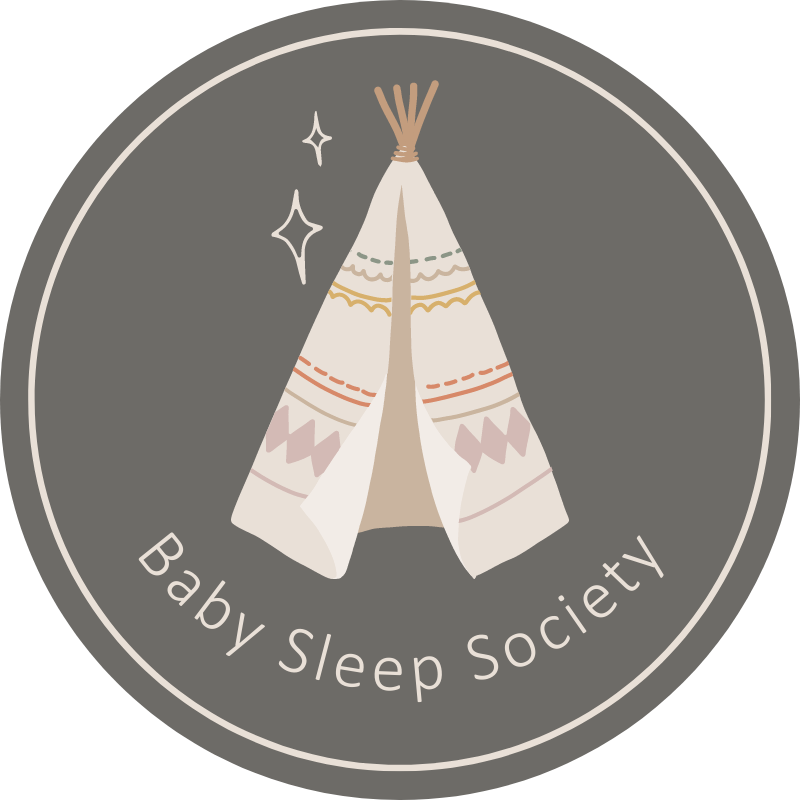Sleep shaping for newborns
When we had our first baby Molly, we were, to put it bluntly, completely useless. We literally had no idea about looking after a baby, what a baby’s schedule should look like, how often to feed, what they should sleep in. I remember texting a friend baffled about what a baby sleeping bag was. We did an NCT course, we read a few pages of a few books, but we didn’t really prepare for the baby intensely. This obliviousness, ironically, worked in our favour. We weren’t overthinking things, and this really helped us to be responsive to Molly and her needs. Of course, there were moments of going down the Google rabbit hole but when it came to sleep, we didn’t force it and we kept our own bedtime goals going. We both loved sleep, and I think that really helped with continuing with the same habits that we already had, and which were hugely beneficial for our newborn. We would always have a wind down time before bed where we’d put the mood lighting on and chill, the bedroom had some serious black out blinds going on because we hated being woken up by the sunlight, Paddy was (and still is) an enormous fan of white noise so we already had that in place even before Molly arrived, and we were out and about during the day soaking up the daylight. Not everything was this easy though. Feeding was hard, very hard, in those first few weeks and I dreaded the night time feed. I sought help from my health visitor and GP and once things were resolved (and my nipples recovered!) the night time dread dissolved. Molly slipped into a lovely sleep pattern, not always predictable but mostly always calm and happy.
What we had inadvertently done in those first few weeks of Molly’s life was sleep shaping. Sleep shaping is about getting your baby into some good habits from the get-go. Implementing some gentle strategies can help your baby to establish their body clock and promote positive habits early on. Babies learn really rapidly and therefore starting a bedtime routine as early as possible maximises learning potential. Here are our top tips for sleep shaping in the first 6 months of your baby’s life:
Expose your baby to broad-spectrum daylight between roughly 7am-7pm (or whatever 12 hours you as the parent chooses).
Do not minimize household noises, activities, smells, or lighting. This includes noises from siblings, flushing the toilet, watching TV and closing doors.
Establish feeding and get any feeding problems addressed as early as possible. You may need to consult your GP or a lactation consultant for advice.
Use a bedtime routine that is predictable and consistent for each and every nap and bedtime.
Make note of the baby’s sleep times, and if you see a pattern emerging, encourage that.
White noise, white noise, white noise!
Black out blinds. And we mean blackout. Avoid any chinks of light coming through that could disrupt sleep.
Learn your baby’s early sleep cues, as well as their other cues of dysregulation.
Allow your baby to become accustomed to a range of sleep triggers, rather than one single trigger, or one that only one person can do
It must be noted that night feeds are very important at the newborn age, and we encourage these wholeheartedly. They are normal, and necessary for optimal growth and development and protective against Sudden Infant Death Syndrome.
These just touch on some of the strategies you can implement, and this might be enough to help you see a difference in your little one’s sleep. But sometimes you might need some additional support and we are here for that too. Get in touch to see how we can help.

